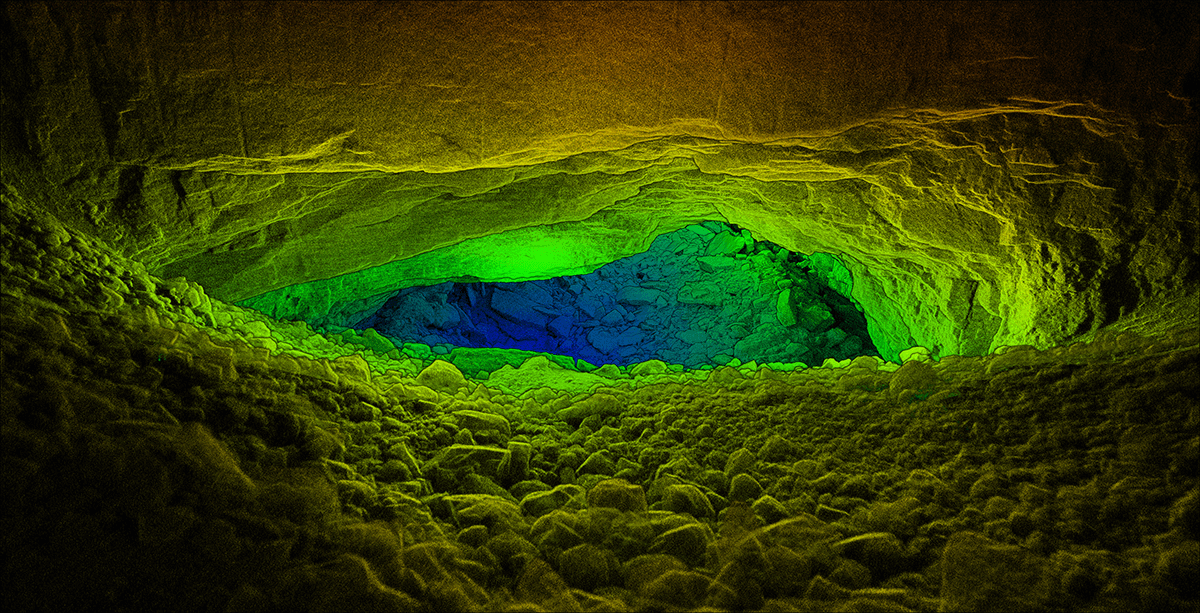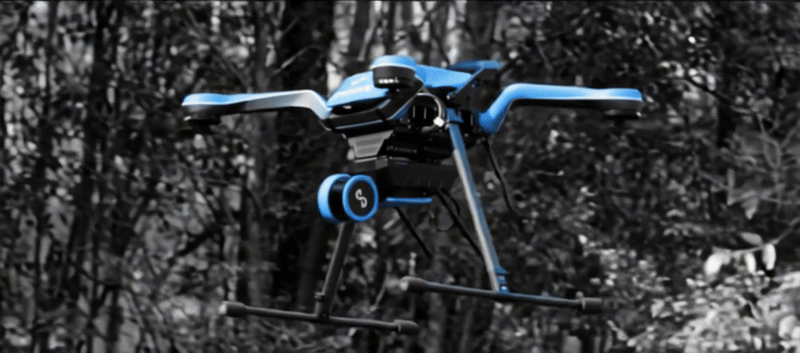Drones That Go Where You Shouldn’t
Stefan Hrabar didn’t initially set out to build a company with tens of millions in annual sales.
In 2006, after Hrabar completed his Ph.D. in computer science at the USC Viterbi School of Engineering, his path led him to Australia’s CSIRO, the Commonwealth Scientific and Industrial Research Organization, where he worked with teams developing autonomous drone technology.
But something was missing. “We were creating amazing tech, but it was frustrating to see it stuck in academia,” Hrabar said. His passion for real-world impact launched him on a different trajectory — one that helped him to co-found Emesent in 2018.
Today, Hrabar’s Brisbane, Australia-based company is known worldwide for Hovermap, a lidar-equipped drone system that maps dangerous environments like underground mining tunnels. It’s a breakthrough that redefines safety and efficiency. “The first time we used Hovermap in a mine,” he said, “surveyors couldn’t believe what they were seeing. We knew then that this could change the way entire industries work.”
Hovermap’s focus on mining, architecture and public safety industries has unlocked transformative possibilities. In mining, the drones navigate underground tunnels, mapping dangerous areas without endangering workers.

In architecture and construction, Hovermap’s lidar technology autonomously scans and captures detailed spatial data, generating precise 3D models of buildings and infrastructure. “The ability to scan complex structures autonomously has completely changed workflows in the industry,” Hrabar said.
“The Emesent hardware is likely the best SLAM-based scanner on the market, and we regularly use it in our engineering consulting workflow. I can’t imagine performing laser scanning with any other device,” said customer Michael Hall in a Google review. (SLAM stands for “simultaneous localization and mapping”)
Meanwhile, public safety agencies use Hovermap for crime scene forensics, scanning areas to create detailed, GPS-accurate visualizations. “We’ve seen applications ranging from fire investigations to police work — it’s about capturing reality in a way that’s actionable,” Hrabar said.
As Emesent grew, Hrabar faced the challenge of balancing his technical vision with operational leadership. After five years as CEO, he transitioned to the role of chief strategy officer in 2023, handing the reins to Charles W. Miller, who previously served as chief operating officer. “I was spending a lot of my time on managerial and operational tasks, which is not what I’m passionate about, and probably not very good at,” Hrabar said.
Added Emesent CEO Miller: “Stefan is a true product evangelist, passionately championing innovation while keeping our customers at the heart of everything we do. His unwavering commitment to understanding their needs and delivering exceptional solutions inspires our team and drives Emesent’s success.”

Looking ahead, Emesent continues to refine Hovermap’s navigation, allowing drones to navigate ever-tighter spaces. Drones can now fly through gaps just over 2 meters wide, down from 3 1/2 meters previously, significantly expanding their versatility.
The team continues to simplify operations. Tasks that previously required customers to undergo 50 steps can now be completed with just a few clicks, automating data upload, processing and geo-referencing.
Hrabar attributes much of his success to his experience at USC. The computer science and robotics program, he said, provided a world-class foundation, preparing him for both technical challenges and entrepreneurial endeavors.
“USC is an awesome school and has got a great reputation, so that actually really helped me when pitching to investors,” he said. “I definitely felt very well-prepared.”




